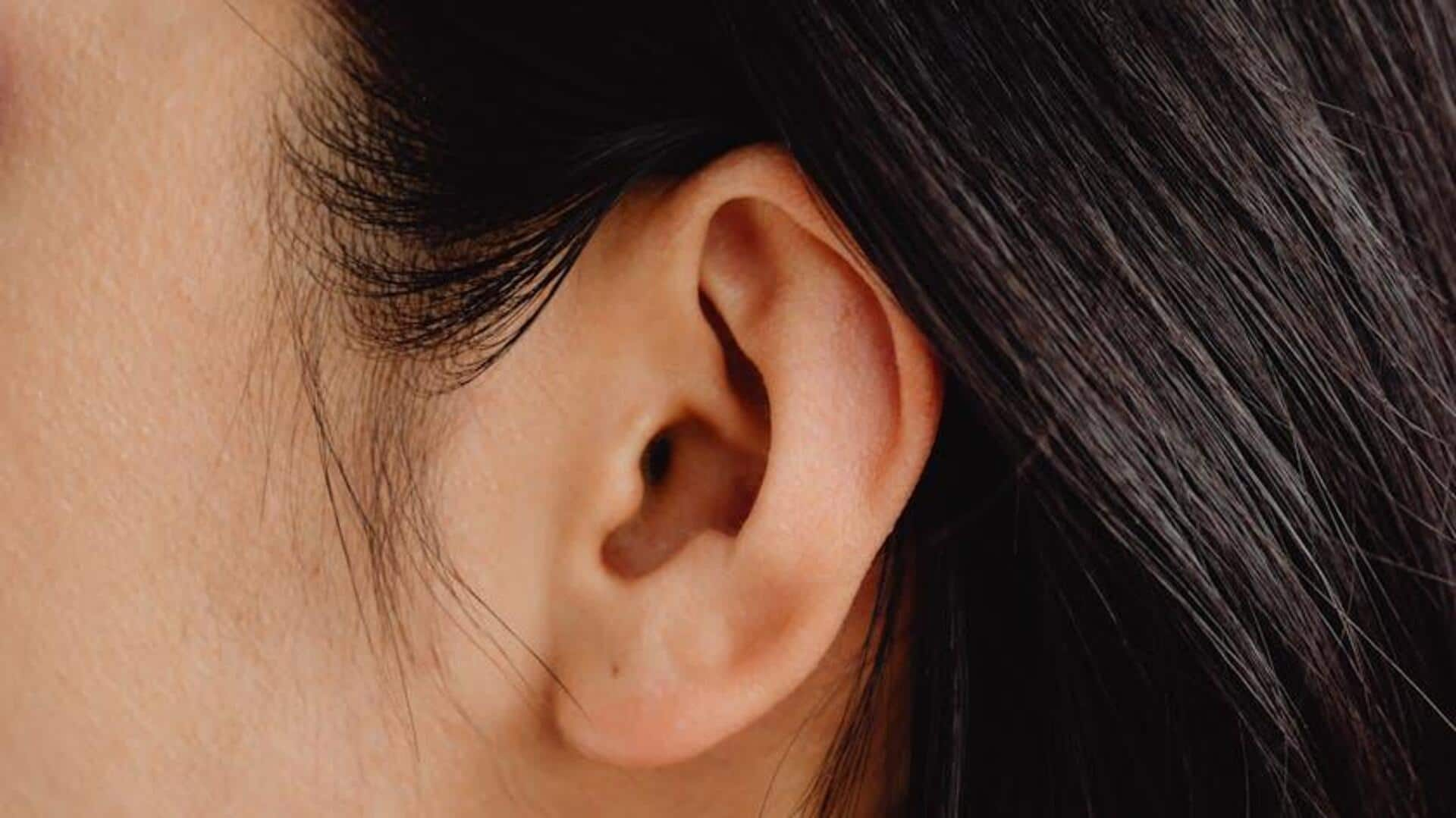
Try these 5 exercises for better hearing
What's the story
Cochlear hair cells are essential for our ability to hear. They act as tiny biological microphones, converting sound vibrations into electrical signals that our brains can interpret.
Damage or loss of these cells results in hearing loss, a condition affecting millions of people around the globe.
This article presents five auditory exercises that could potentially improve your hearing by strengthening your cochlea's hair cells.
Frequency variation
Listen to different frequencies
Listening to a range of frequencies exercises cochlear hair cells, increasing their agility.
Make a playlist that includes low, medium, and high frequencies. Dedicate a minimum of 15 minutes each day to this activity.
This approach is designed to stimulate all cochlear hair cells by encompassing the full range of audible sounds, promoting holistic exercise and potentially enhancing responsiveness.
Sound direction
Practice sound localization
Enhancing your skill to locate the source of a sound strengthens the brain's processing speed and accuracy in decoding auditory information.
To do that, find a quiet room and ask someone to walk around you while making noise (clapping, for instance).
Close your eyes and point in the direction of each sound.
Do this exercise for 10 minutes daily.
Focus amidst noise
Engage in conversations with background noise
Hearing speech in noisy environments is difficult but crucial for real-world communication.
Practice by conversing with friends or family in moderately noisy environments such as cafes or parks.
Focus on isolating the speaker's voice and ignoring background noises.
Begin with five-minute sessions and progressively increase the duration as you become more comfortable.
Comprehension enhancement
Audiobook listening sessions
Listening to audiobooks can significantly improve your auditory processing skills and increase your attention span.
Choose audiobooks with clear, unambiguous narration. Avoid titles with excessive background music or sound effects that might distract from the spoken content.
Dedicate at least 30 minutes each day to active, focused listening. Aim to understand the storyline or information conveyed fully.
This exercise not only strengthens listening skills but also enhances cognitive engagement.
Digital training
Use apps designed for auditory training
Numerous apps offer auditory training exercises focused on frequency discrimination, sound localization, and speech-in-noise comprehension.
By dedicating as little as 20 minutes a day to these structured activities, users can gradually improve their auditory skills.
These apps are designed to progressively challenge the user by increasing the difficulty level, ultimately enhancing the user's ability to differentiate sounds, pinpoint their origin, and concentrate on speech in noisy environments.